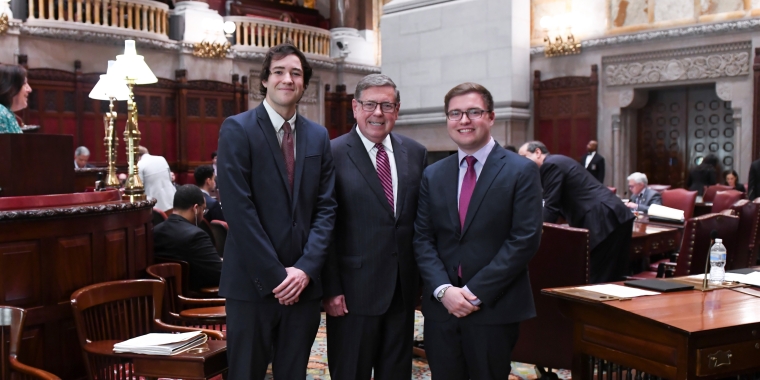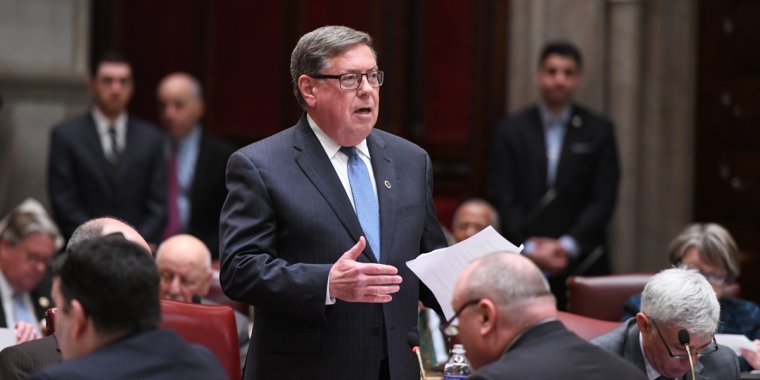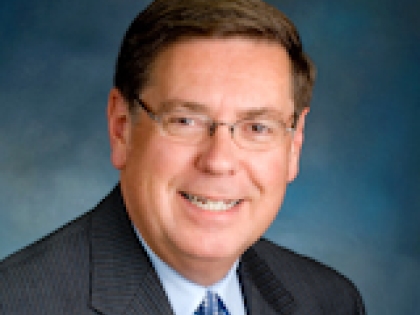
Property Tax Cap Long Overdue
James L. Seward
September 23, 2010
-
ISSUE:
- Taxes
- Property Tax
As school property tax bills arrive in mailboxes across upstate New York the volume of phone calls, e-mails and letters from concerned homeowners to my office rises daily. The message from many is simple: “I don’t know how I am going to pay this bill.”
Several dynamics are factoring in this year, creating some of the highest tax bills in our state’s history.
First off, schools are being asked to do more with less. While reporting requirements and testing standards rise, the amount of state aid flowing to our local districts is slowing to a trickle. In the 51st senate district alone, funding to schools has been cut by $7.1 million over the past two years. Students are losing out because programs are being cut, teachers are losing their jobs, and property taxpayers are being forced to shoulder a higher burden.
As you scan your school tax bill you may also notice that the STAR exemption you normally receive has been significantly reduced. New York City leaders who crafted the state budget saw fit to cut STAR benefits by $3 billion this year. Oh, and don’t expect any extra help to show up from the state. The STAR rebate checks were eliminated last year, and despite the public outcry that followed, the program remains dead and buried. In the 51st senate district, over 70,000 homeowners are losing out on a total of $59.6 over two years, which translates to about $850 per household.
While I have been critical of the governor for approving these detrimental measures, one area where we agree is the need for a property tax cap. The governor has reiterated his promise to call the legislature back to Albany before Election Day to vote on a tax cap. The sooner the better, as far as I’m concerned.
In 2008, the senate passed Governor Paterson’s proposal to impose a much needed cap on school property tax increases. At the same time, the senate also approved measures to help school districts deal with rising costs that force property taxes to increase, most notably, unfunded mandates. The assembly ignored the measures and never brought them to a floor vote.
Again this year, the senate approved a property tax cap that would limit growth of local tax levies to four percent, or 120 percent of the Consumer Price Index (CPI), whichever is less. I was ready to go even further, supporting an amendment that would enact a harder cap and provide more relief by capping property taxes at 2.5 percent or 120 percent of the CPI. The amendment would keep New York State consistent with recent caps enacted by Massachusetts and New Jersey and other states.
This year, I also signed on to a new plan aimed at transforming New York’s property tax system and providing much needed relief. The “Homeowner Protection and Property Tax Rebate Act” was a multi-pronged approach that included:
• Property tax rebate checks for homeowners or a new tax relief credit, whichever is greater;
• A property tax cap to hold the line on spending;
• A property tax freeze for senior citizens age 70 or older to help them stay in their homes; and
• Mandate relief to reduce local costs.
Not only would the plan provide homeowners with real relief, it would be paid for with savings generated from passage of a cap on state spending, which I have long advocated and helped approve in the state senate on two separate occasions.
While a property tax cap is important, if the governor really wants to assist struggling upstate homeowners he will call for a vote on all of these saving measures.
Property tax relief has long been a priority of mine. Now it is time for the rest of our elected officials in Albany to step up and join me, before it’s too late.
#####
Share this Article or Press Release
Newsroom
Go to NewsroomSchenevus School Aid Bill Signed into Law
June 25, 2019
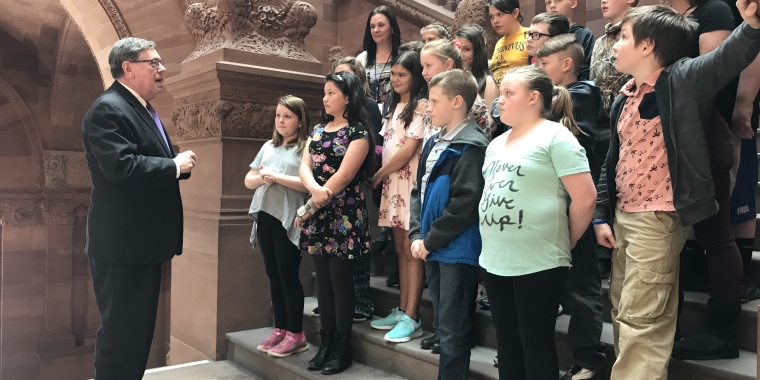
Statement on 2019 Legislative Session
June 21, 2019
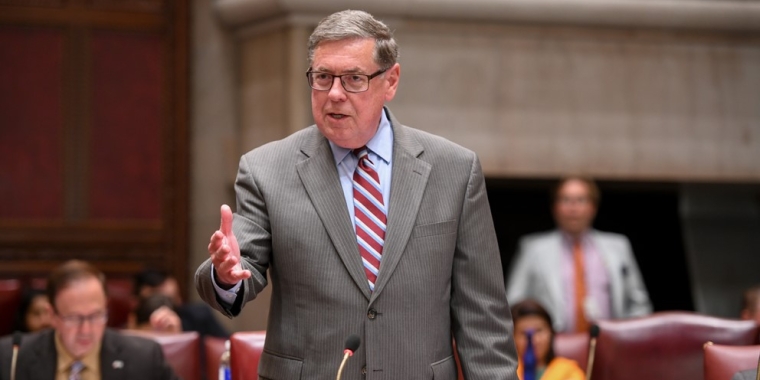
Professor Seward Meets with Former Students
June 20, 2019
